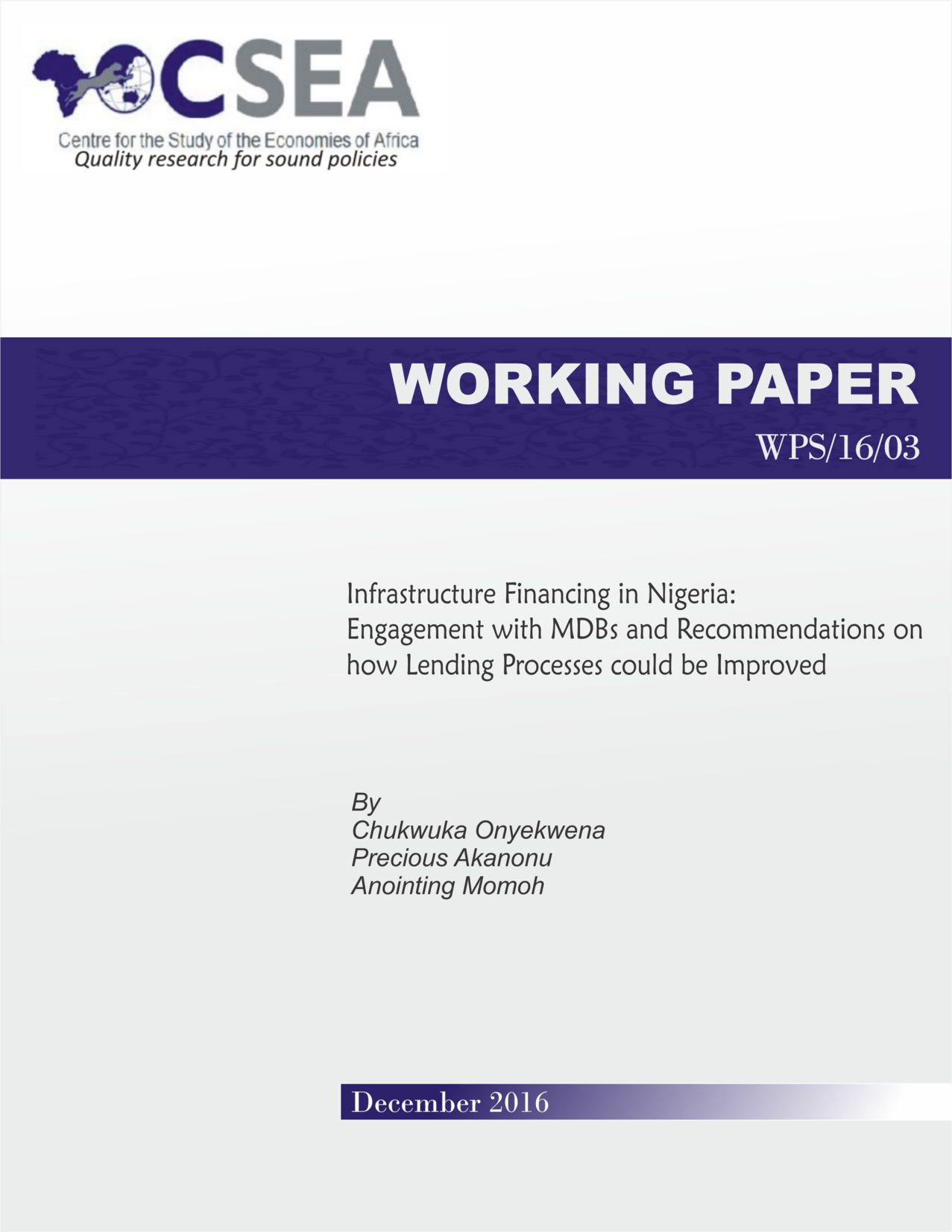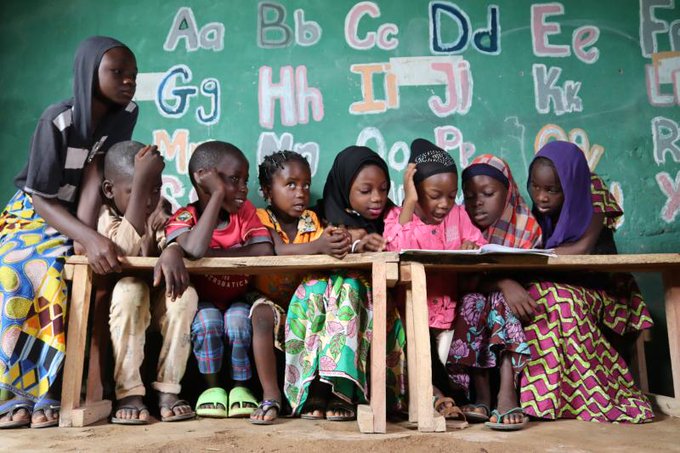Download PDFSimilar to most sub-Saharan African (SSA) countries, Nigeria has a huge infrastructure deficit which considerably limits efforts towards achieving inclusive growth, sustainable development, and poverty reduction. With infrastructure stock estimated at 20-25 per cent of Gross Domestic Product (GDP), Nigerias infrastructure stock is still significantly lower than the recommended international benchmark of 70 per cent of GDP. The 2014 National Integrated Infrastructure Master Plan (NIMP) estimates that a total of US$ 3 trillion of investments, or US$100 billion annually, is required over the next 30 years to bridge Nigerias infrastructure gap. In particular, the Plan estimates that Nigeria will have to spend an annual average of US$ 33 billion infrastructure investments for the period 2014 -2018. This means that Nigeria will have to more than double its spending on infrastructure from the current 2-3 per cent of GDP to around 7 per cent to make appreciable progress in infrastructure development over the next three decades. ”


 English
English
 Arab
Arab
 Deutsch
Deutsch
 Português
Português
 China
China





